Cosmic Origins
Science Groups
A Science Interest Group (SIG) is interested in a specific subfield of Cosmic Origins science. Science Analysis Groups (SAGs) are groups of scientists convened for a finite period of time (usually one or two years) to address a specific question of interest to NASA astrophysics.
Science and Technology Interest Groups (SIGs & STIGs)
SIGs meet to discuss and share scientific results, analysis techniques, and science gaps, as well as how state-of-the-art instrumentation might be advanced in that subfield. SIGs identify data and technology needs that could enable advances in further scientific discovery. A Science and Technology Interest Group (STIG) combines interests in science with studies in technology and next-generation instrumentation to accomplish scientific goals.
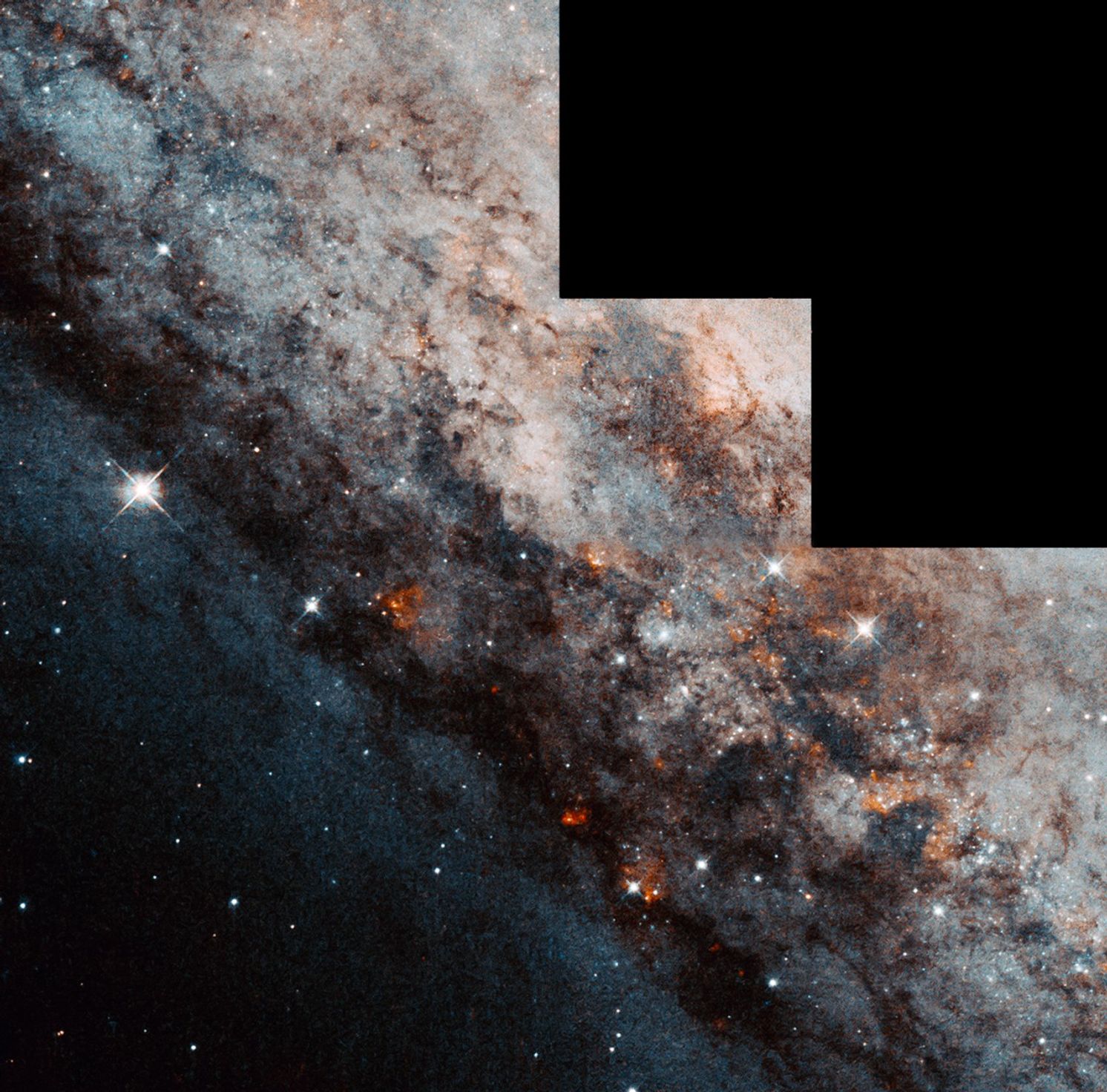
Active Galactic Nuclei Science Interest Group
(AGN SIG)

Diffuse Gas in Cosmic Ecosystems Science Interest Group (DGCE SIG)
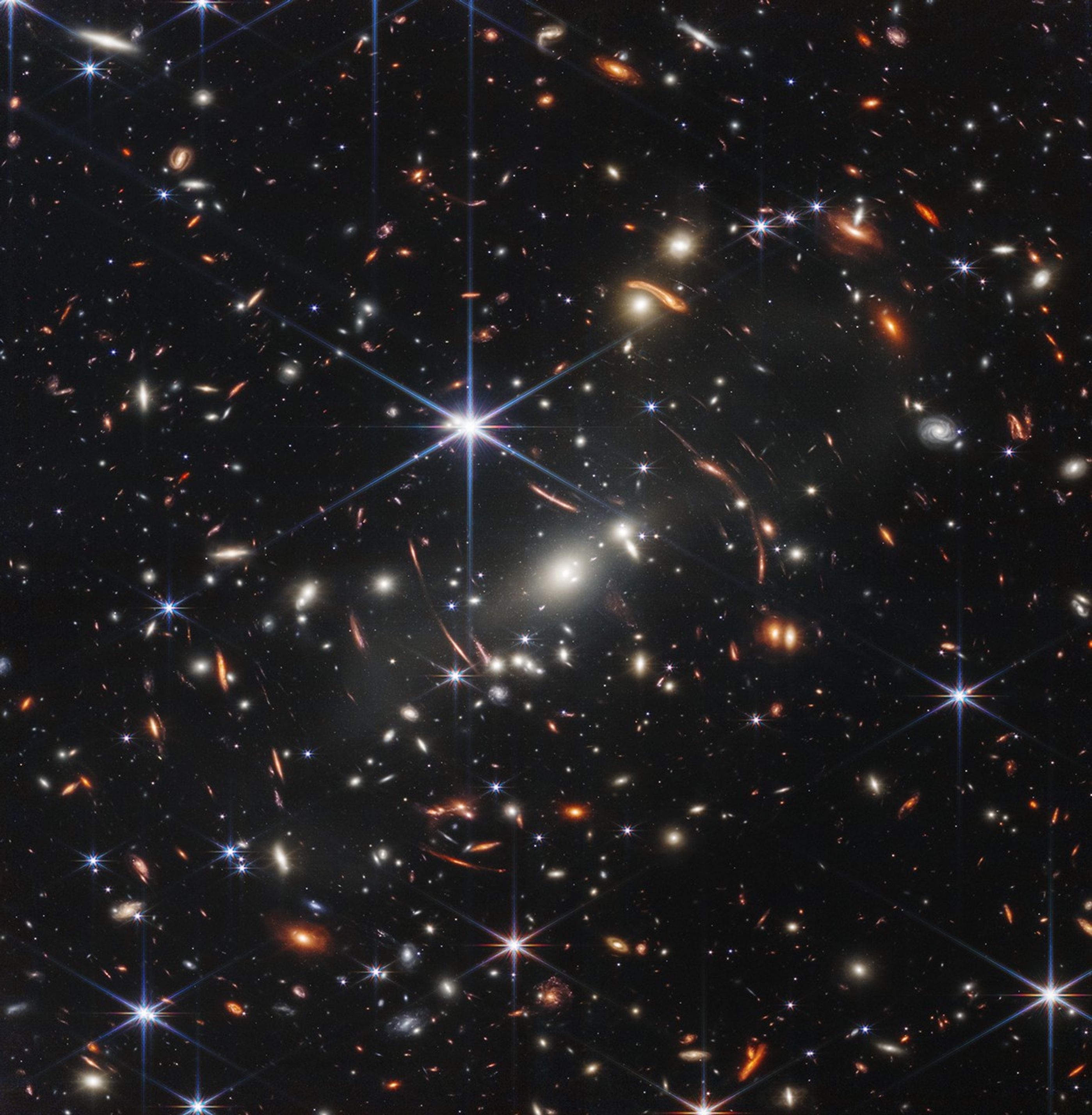
Galaxies Science Interest Group (Galaxies SIG)
Habitable Worlds Observatory Science Interest Group (HWO SIG)
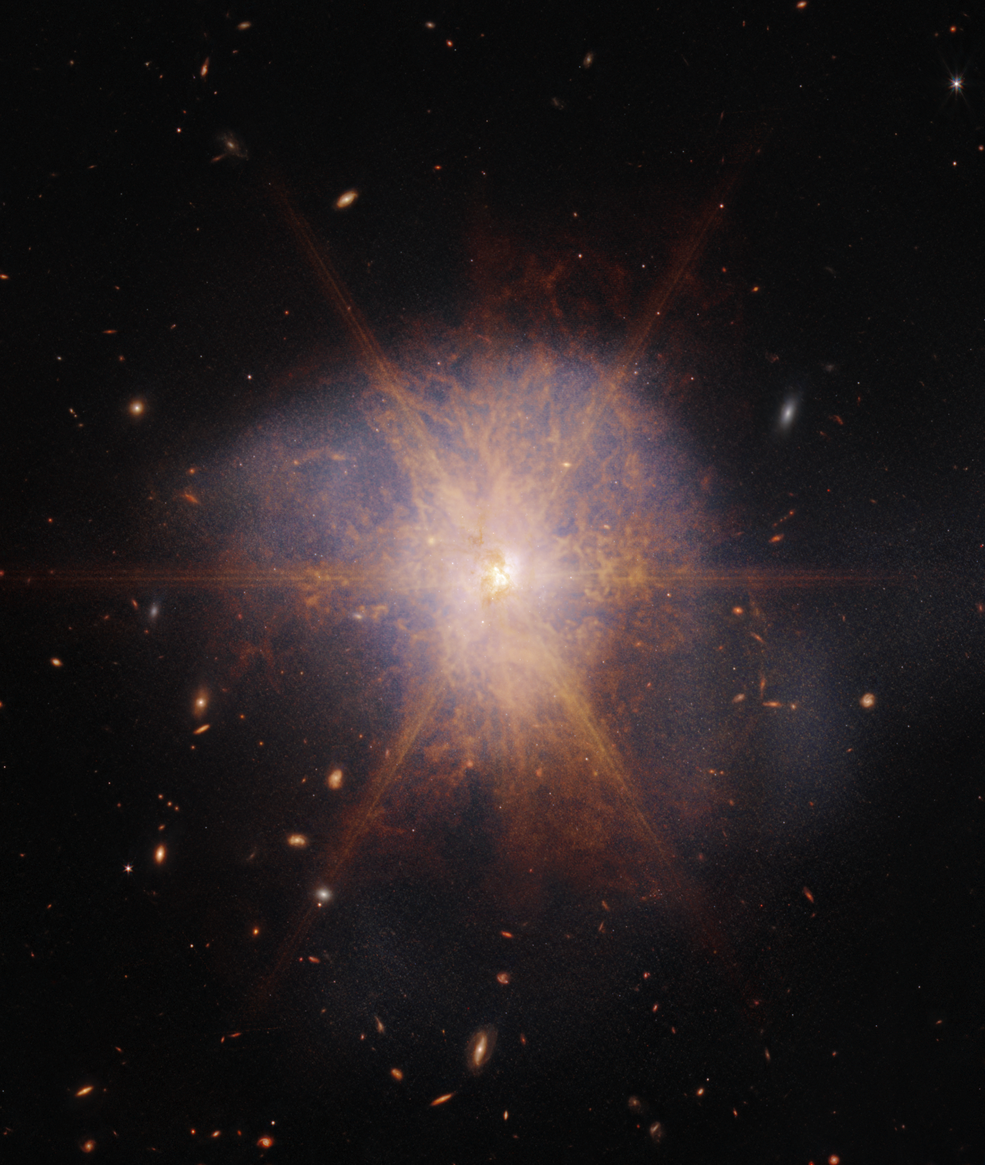
Infrared Science and Technology Integration Group (IR STIG)

Stars Science Interest Group (Stars SIG)
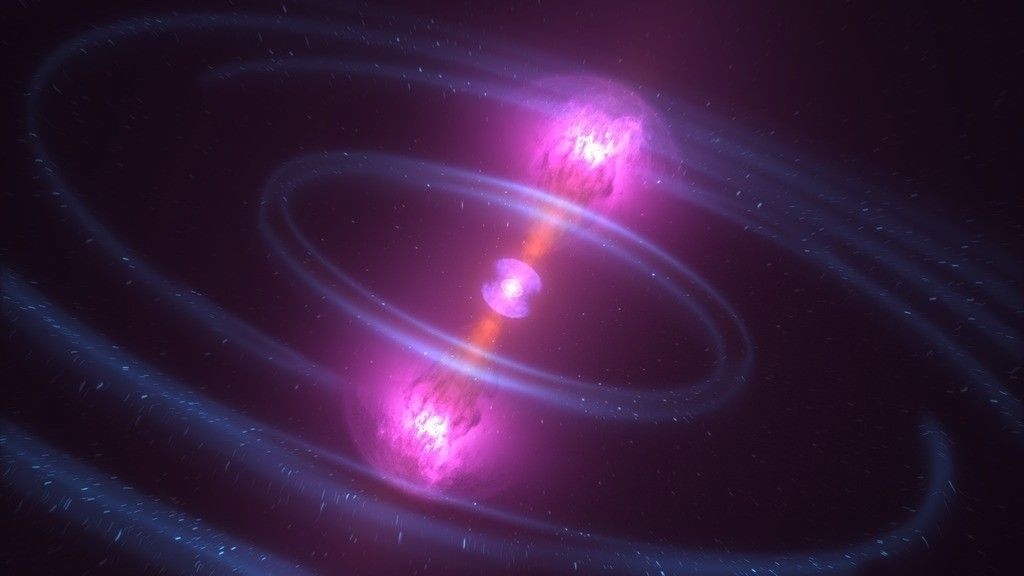
Time Domain and Multi-Messenger Astrophysics Science Interest Group (TDAMM SIG)
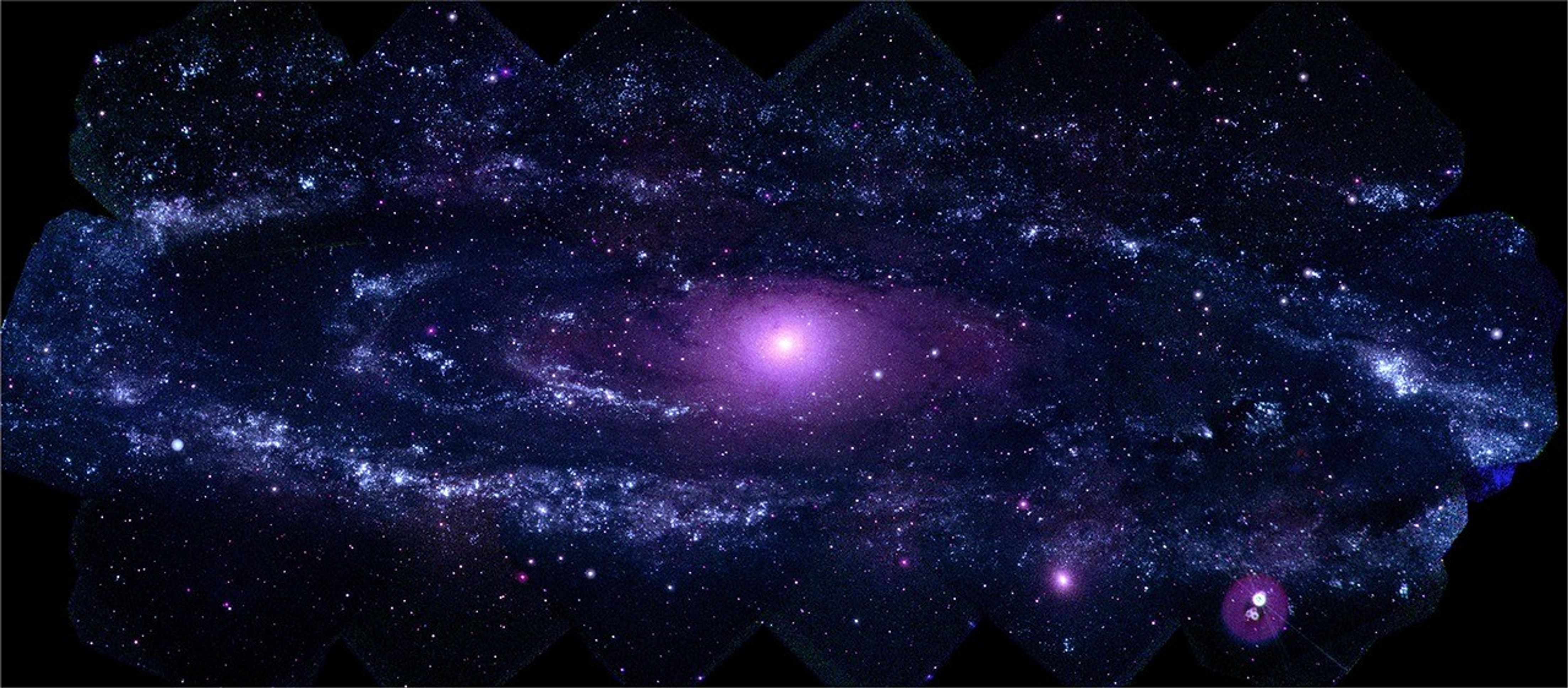
Ultraviolet-Visible Science and Technology Interest Group (UV STIG)
Science Analysis Groups (SAGs)
SAGs can be formed in response to questions that emerge from discussions within a SIG or in response to a request for information from the Astrophysics Division Director. The SAG activity aims to produce one or more reports at the end of its term that will be delivered to the Astrophysics Division Director. Many SAGs operate across multiple astrophysics themes, with chairs selected from the community. Currently, the COPAG has the following associated Cross-PAG Science Analysis Group.

New Great Observatories Science Analysis Group
(NGO SAG)
Completed Science Groups
Completed SIGs & STIGs
- Far-IR SIG (SIG #1). Now Infrared Science and Technology Interest Group (IR STIG)
- Ultraviolet-Visible Cosmic Origins Space-Based Science and Technology Development (SIG #2). Now UV Science and Technology Interest Group (UV STIG)
- Cosmic Dawn SIG (SIG #3). (March 2015 – December 2018)
- Technology Interest Group (TIG). Approved January 2017. Completed.
Completed SAGs
- SAG #1: Science Objectives for a 4m – 8m UV/Optical Mission
- SAG #2: Technologies for a 4m-class Monolithic Telescope UV/Optical Mission with Internal Coronograph
- SAG #3: Technologies for an 8m-Class Segmented Telescope UV/Optical Mission with External Occulter
- SAG #4: Technologies for a Future Far-IR Mission
- SAG #5: Science Objectives & Technology Requirements for a Series of Cosmic Origins Probes
- SAG #6: Cosmic Origins Science Enabled by the WFIRST–AFTA Coronograph
- SAG #7: Science Enabled by Operations Overlap of HST and JWST
- SAG #8: Science Enabled by the WFIRST–AFTA Data Archive
- SAG #9: Science Enabled by Spitzer Observations Prior to JWST Launch
- SAG #10: Great Observatories
- SAG #11: Cosmic Dawn
Completed Cross-PAG SAGs
Multi-Messenger Astrophysics Science Analysis Group (MMA SAG) analyzing the benefits of multi-messenger observations made possible by NASA observatories in the 2020 decade and beyond launched!
UV Science and Technology Working Group in Support of Habitable Worlds Observatory
The Cosmic Origins Program Office established a working group on ultraviolet science and technology. The purpose of this working group is to aggregate and summarize technology for ultraviolet-sensitive space telescopes, and to articulate the science case for ultraviolet sensitivity for the Habitable Worlds Observatory. Observing in the ultraviolet places special demands on optical coatings, detectors and instruments. NASA supports research in these areas to enable future advances in ultraviolet science.
The UV working group produced a white paper summarizing its findings, which is available on arxiv.
Results of this working group have been presented at conferences, workshops and special events including the American Astronomical Society, the UV Science and Technology conference in Pasadena, CA, in Spring 2024, and the Cosmic Origins Virtual Town Hall in October 2024. Results have also been presented to the Habitable Worlds Observatory project leadership and the Astrophysics Division at NASA Headquarters.
Participants
| Name | |
|---|---|
| Jason Tumlinson | tumlinson@stsci.edu |
| Stephan McCandliss | |
| Kevin France | |
| Shouleh Nikzad | |
| Paul Scowen | paul.a.scowen@nasa.gov |
| David Ardila | david.r.ardila@jpl.nasa.gov |
| Aki Roberge | aki.roberge-1@nasa.gov |
| Brian Fleming | brian.fleming@lasp.colorado.edu |
| Sarah Tuttle | tuttlese@uw.edu |
| Keri Hoadley | keri-hoadley@uiowa.edu |
| Joe Hennawi | joe@physics.ucsb.edu |
| Anita Thompson | anita.k.thompson@nasa.gov |
| Steve Kendrick | steve.kendrick@comcast.net |
| Mark Matsumura | |
| David Schiminovich | |
| Evegeny Scholnick | |
| Sanch Borthakur | |
| Erika Hamden | |
| Brad Cenko | brad.cenko@nasa.gov |
News Straight to Your Inbox
Subscribe to your community email news list
We will never share your email address.



























